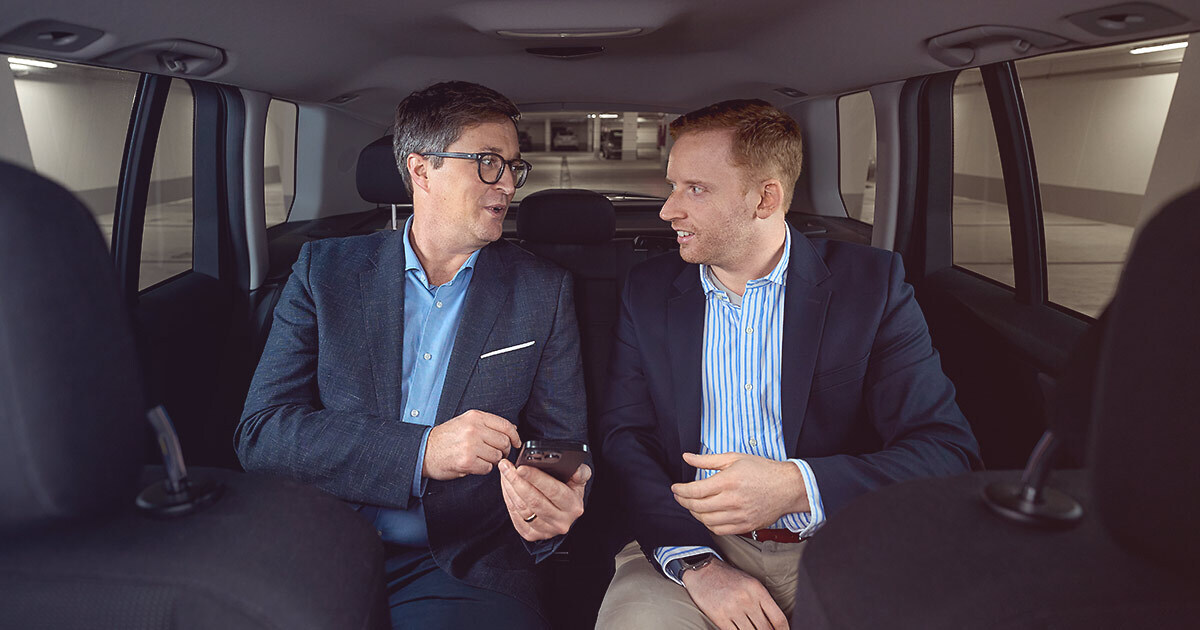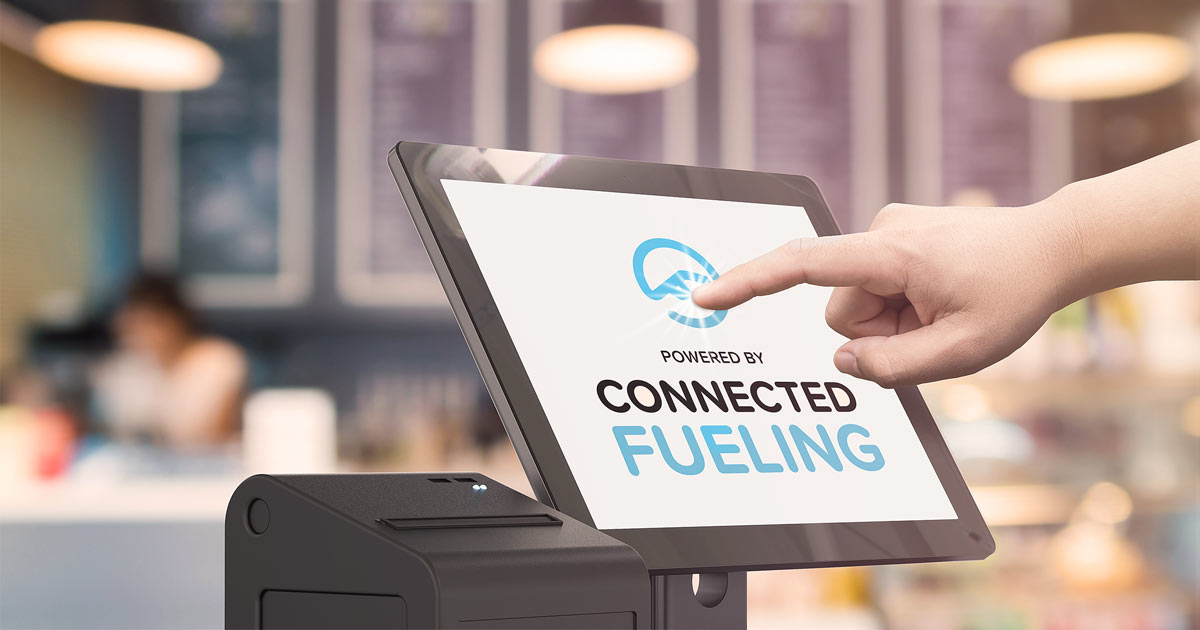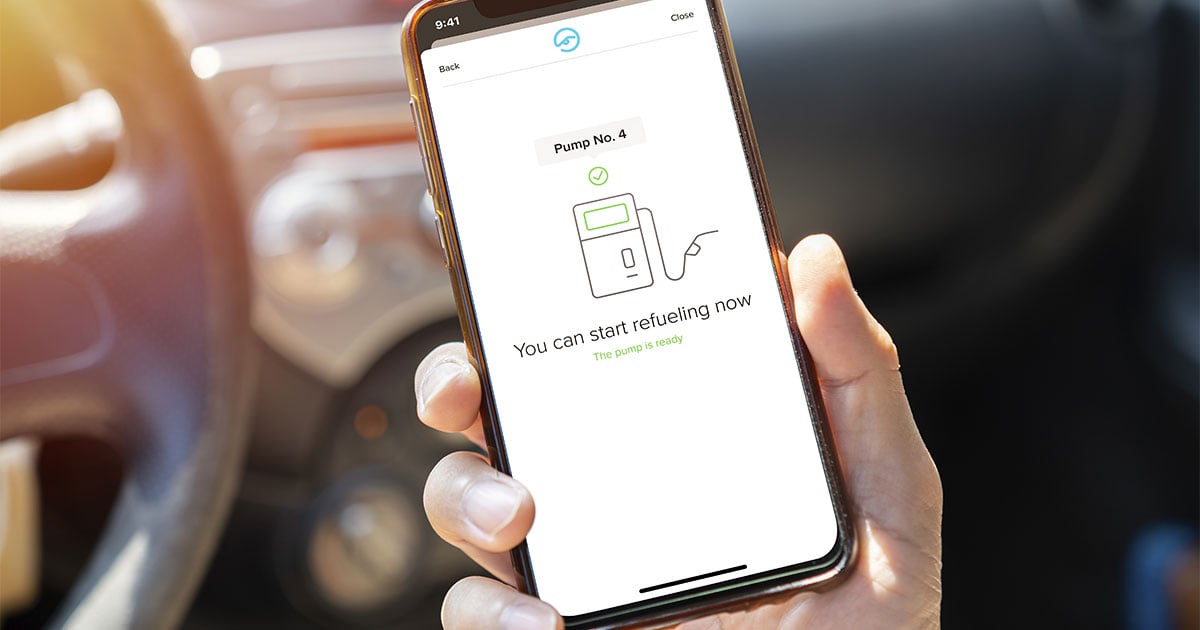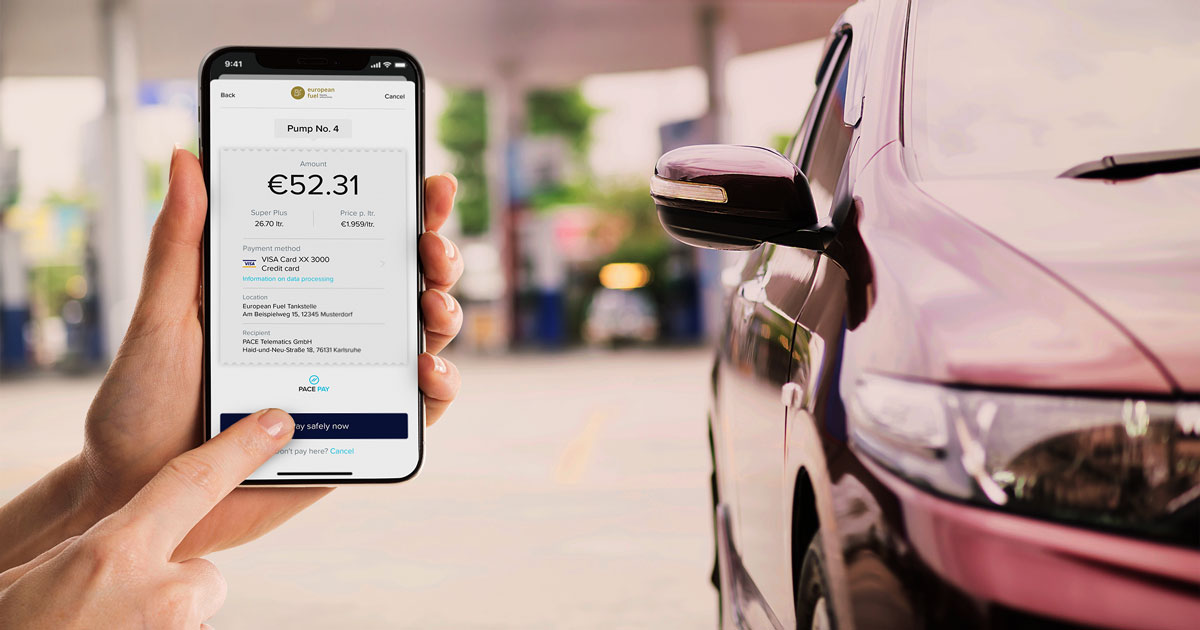
Opportunities for mobile payments at the fuel pump
Current data surveys on digital payment in Germany clearly show that the trend is moving in the direction of mobile payment. The percentage of those who shop online at least once a month is currently over 66 %. In the last five years, the proportion has risen sharply by over 28 percentage points. Digital payment is particularly popular with younger generations (Mastercard study, 2021). But what exactly are the opportunities offered by mobile payment?
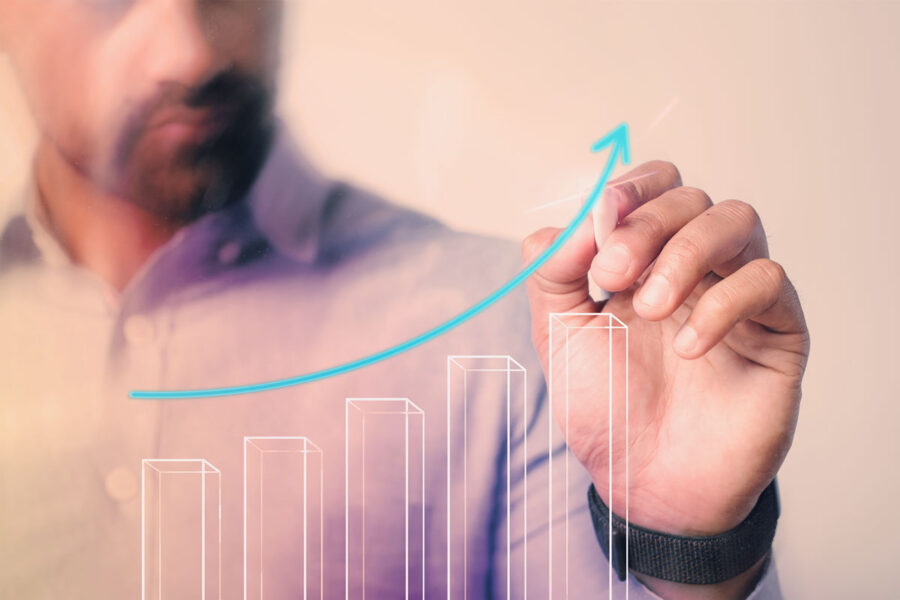
Mobile Payment: growth and projections
Mobile payment has clearly received a major boost from the Corona pandemic. However, it is not only Corona that is driving the mobile payment business; the market for digital devices is also increasing. For example, smartphone and wearable users are increasingly being observed throughout Europe using extended high-speed data networks.
In Germany alone, more than 46 % of drivers can imagine making a large proportion of their payments directly via the car dashboard (GfK on behalf of Mastercard, 2022). Consequently, a steep increase in mobile transactions and thus a further major boost in mobile payment traffic can be expected in the coming years. According to projections, the number of Europeans making cashless payments could even rise to more than 700 million by 2023 (Rapyd study, 2022).
You are probably now wondering what opportunities mobile payment with Connected Fueling brings for you and your customers. We will explain it to you in the following:
>> Benefits for your customers
>> Benefits for your business

Benefits of mobile payment at the pump for your customers:
- Fast, convenient and secure method of payment
- Time savings and good scheduling capability when customers are in a hurry (no risk of having to wait a long time at the checkout)
- No time pressure from waiting drivers who also want to refuel
- No need to leave the vehicle in case pets or sleeping children cannot be left alone
- After mobile payment, the customer can relax and park the car away from the gas pump and then shop in the gas station store at their leisure
- Shorter queues at the checkout
- Less pressure for customers who want to shop in the store due to fewer fuel customers
- Time spent on handling cash is reduced
- Direct, digital documentation of cash flow through in-app receipts
- Digital receipts can be forwarded easily and quickly
- Protection against theft and counterfeit money
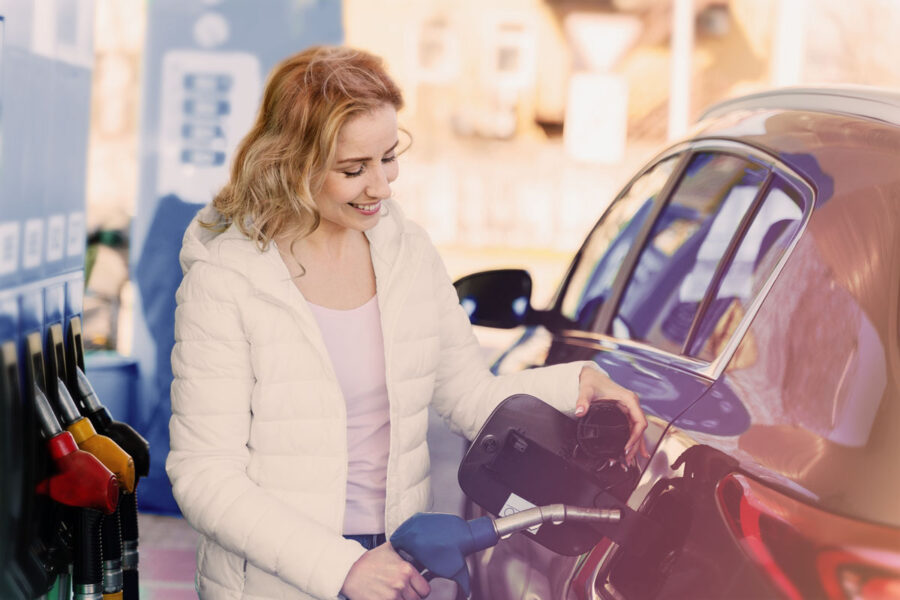
Benefits of mobile payments at the pump for your business:
- Possible queues of customers at the gas pumps as well as at the cash desk are streamlined
- Higher throughput rate at the fuel pumps (especially during peak usage periods) due to faster processing and elimination of waiting times at the checkout
- Protection against theft and counterfeit money
- More modern image of the gas station and the own company
- More comprehensive customer service through new modern payment method – especially important for digitally affine customer groups
- Stronger customer loyalty, as customers value the increased convenience of the payment process and thus build habits of fueling on your network
- More satisfied, more relaxed store customers thanks to shorter queues due to the elimination of fuel-only customers
- Time spent on cash handling is reduced
- Lower costs for time-consuming cash disposal
- Higher store sales due to more impulse purchases from relaxed store customers
- Streamlining the day-to-day operations of gas station personnel as fewer tank-only customers need to be billed
- Improved time management for gas station personnel and less day-to-day stress for employees
- Reduced volume of customer requests to reissue lost printed receipts because digital receipts are not lost
Conclusion:
It is already clear that mobile payments will continue to gain momentum over the next few years and become firmly established as a common payment method worldwide in the future. For your customers and your company, this means that it’s worth seizing the opportunity now to keep up with growing customer demand and benefit from numerous advantages of mobile payments.
